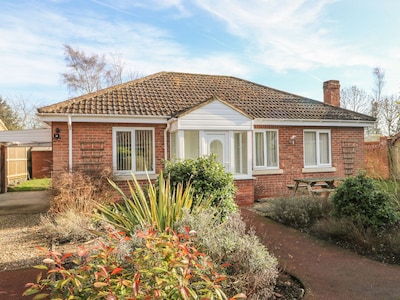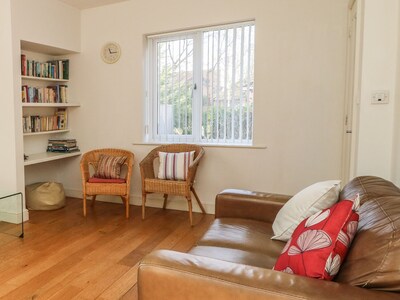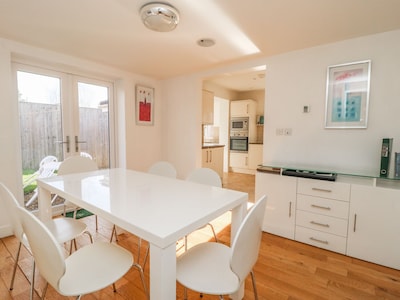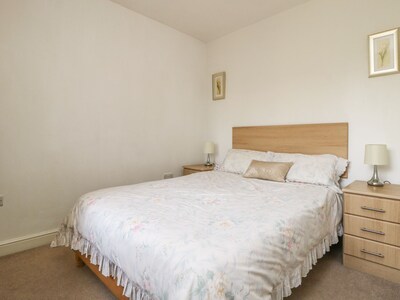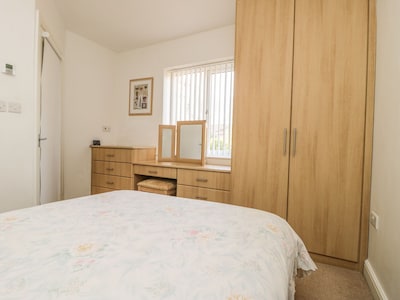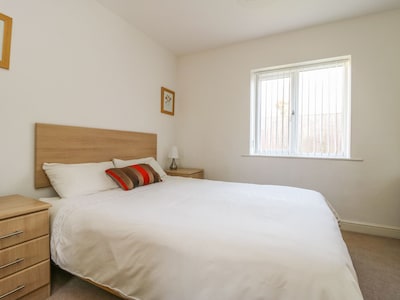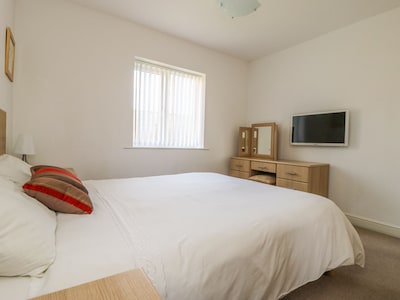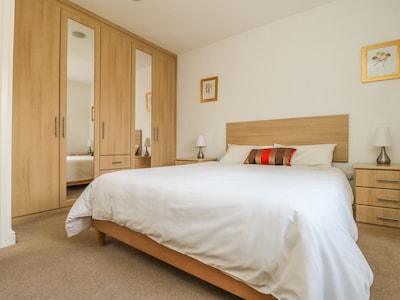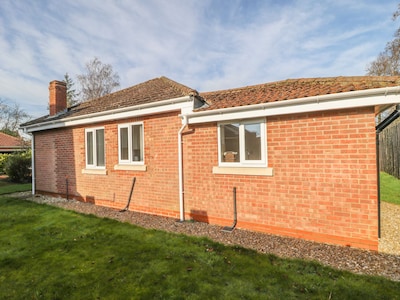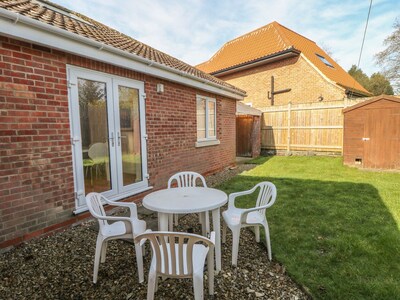Mentioned by GPSmyCity
City Walk: York's Historical Architecture, York, England


"Small but perfectly formed, Clifford’s Tower offers, among other things, splendid views across the city and York Minster from its circular platform up high. It also tells an interesting tale, often referred to as York Castle, the site dates back to 1068 when William the Conqueror was busy trying to rid the north of Vikings and built a number of castles on his way. While many battles raged over the centuries (the murky Jewish massacre of 1190 cast a long shadow), York Castle’s role evolved, including stints as a prison and a royal mint."
"Family friendly York Castle Museum is centrally situated near Coppergate Shopping Centre – green signs direct you to the ‘Castle Area’. Collections of Costume and Textiles, Military and Social History and a collection on York Castle’s most famous prisoner Dick Turpin, eventually hanged in 1739, all feature in exhibitions. A favourite with children, the recreated Victorian and Georgian rooms here display historic every day items from the collection of North Yorkshire country doctor John Kirk."
"Perched atop a grassy motte is Clifford’s Tower, which is one of the last remaining parts of York Castle. Originally built out of wood by the Normans, it was reinforced and rebuilt out of stone in the thirteenth century and the sturdy keep is now a popular tourist attraction in York. Wrecked by a massive explosion in 1684, its hollow, gutted interior was later used as both a prison and treasury."


"As the name implies, York’s Merchant Adventurers were merchants. They traded along the English coast, northern Europe and sometimes as far as the Baltic and Iceland, bringing back an assortment of desired goods to York. The city was an important river port and the wealthiest city in Northern England, second only to London for most of the Middle Ages, allowing the merchants to make enough money to build the Hall between 1357 and 1361."
"Another excellent photography spot and Instagrammable place in York is the Merchant’s Hall. The Merchant’s Hall has one of the most impressive guildhalls in the world, and sometimes you can get it empty – it’s incredible for photos."

"A mile outside of the city centre, York Cold War Bunker tells the story of a country on the brink of nuclear warfare. Designed to monitor nuclear fallout in the event of an attack in Yorkshire, the semi-submerged bunker affords visitors the chance to explore some of York’s more unusual history. Built in 1961, the bunker served as the regional headquarters for the Royal Observer Corps until 1991."



"Originally built as a public space for the working classes to relax, Pearson Park has now become one of the locals’ most favourite green areas. READ THIS:Sofia sightseeing: local's guide to Sofia. Pearson Park is a great place for picnicking, letting your children go wild at the colourful playground, watching ducks swimming in the lake, as well as checking out the plants at the lovely greenhouse."

"Located in the center of the city, the Mansion House is the official residence of the Lord Mayor of York. But along with being a home, this historic house is popular with visitors. The Mansion House exhibits an impressive collection of paintings, silver and furniture."


"York Theatre Royal has been producing great drama in the beautiful city of York for over 270 years and is one of the country’s leading producing theatres. Each year the theatre entertains over 200,000 people with its wide variety of performances, events and activities including the much-loved annual pantomime starring Berwick Kaler, the UK’s longest-running Dame."
"The York Theatre Royal was built in 1744 on the site of the medieval St. Leonard’s Hospital. Parts of the old hospital can still be seen, including archways and walls. Under the stage lies a well, which is believed to be from the Roman era."

"The Milton Rooms is an arts centre and hub for cultural and community lead activities located in Malton, North Yorkshire, a market town in England. Photo: Roger Smith, CC BY-SA 2.0."

"The walled city of York was founded by the Romans nearly two thousand years ago, and has seen it’s fair share of history – for a time it was even ruled by the Vikings, and was known as Jórvík. Today, there are still many reminders of the cities medieval past. A walk through “the Shambles” is a must – a winding medieval street overhung by old, timber framed houses and lined with pretty shops."
"York is a walled city in northeast England that was founded by the ancient Romans. Its huge 13th-century Gothic cathedral, York Minster, has medieval stained glass and 2 functioning bell towers. The City Walls form a walkway on both sides of the River Ouse. The Monk Bar gate houses an exhibition tracing the life of 15th-century Plantagenet King Richard III."
"VII) Visit York and the surrounding moors (3-5 days) A long drive will take you to the northern part of England. You could stop at a pick-your-own farm on the way. Pick your own fruit (choose from strawberries, raspberries, pears, and apples) farms lends a typical English edge to this road trip."




"King’s Manor is a stately house in York city centre that has played host to some of British history’s most important visitors. In the days before the Reformation, it was the home of the Abbot of St Mary’s, before becoming the headquarters of the Council of the North in Henry VIII’s time. The Tudor king himself stayed there, giving rise to its current name."

"Recognised as one of the best universities in Yorkshire, the University of Hull is a worthy destination to visit with its large and photogenic campus. There are many eating facilities on campus during school days as well, ranging from street food to catered fine dining."

"Just a 20 minute drive from Leeds city centre is St Aidan’s Nature Reserve. A huge country park with abundant wildlife and over 12 kilometres of trails to walk or cycle along. Admire lakes, woodland and plenty of fresh air, as you spot roe deer, skylarks and owls."
"This wetland on the fringes of Leeds is a birdwatcher's paradise and also a top place for a gentle walk. It's off Astley Lane, Swillington."
"Pop over to RSPB St. Aidan's and see what you can spot through your binocs ( also known as binoculars!)"














